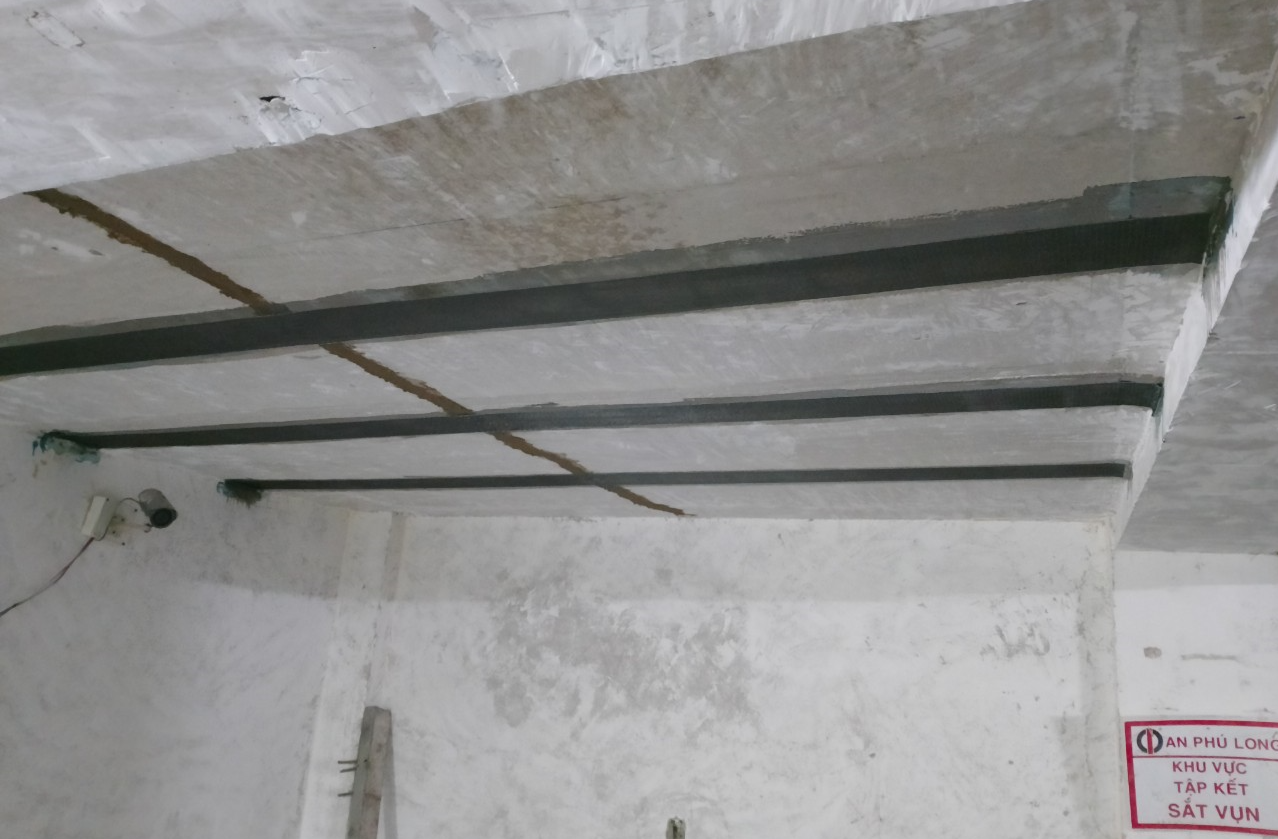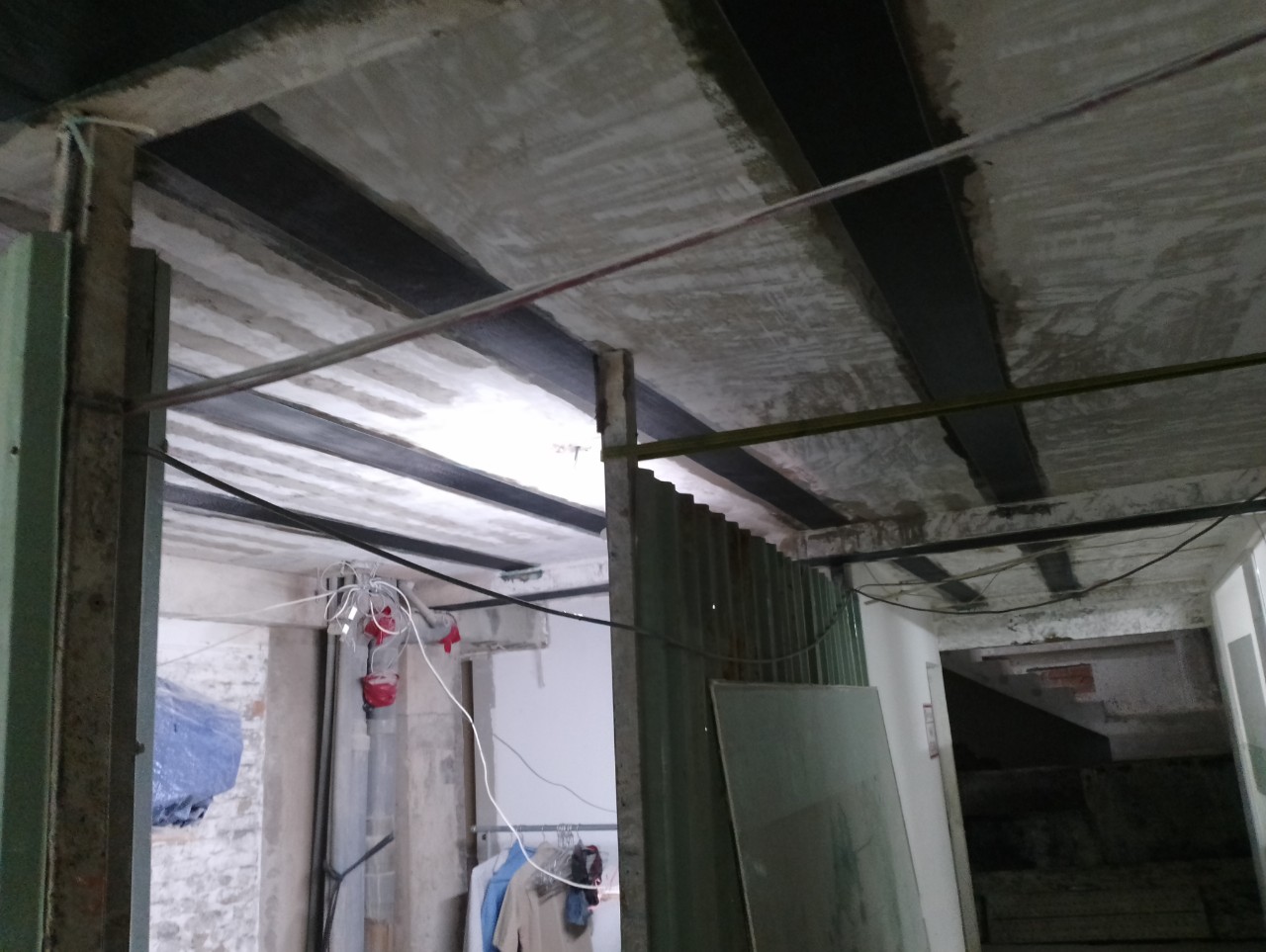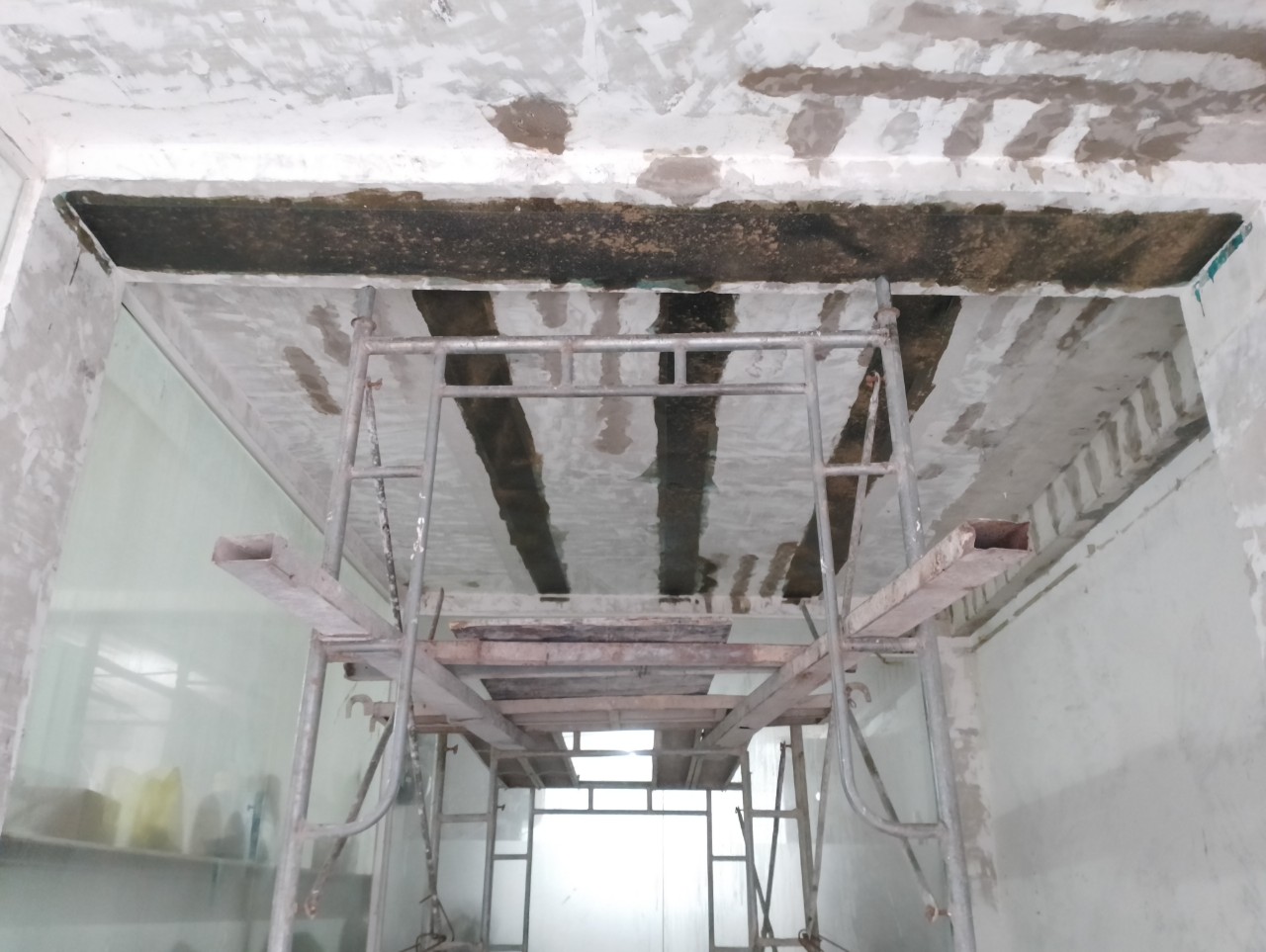About us | Email: info@wolf-fix.com


Introduction:
Structural strengthening is the process of adding or improving structural elements to an existing building or structure to increase its load-carrying capacity or to ensure its safety and stability. This is often necessary due to changes in the building's usage, deterioration of the structure over time, or changes in building codes and regulations. In this article, we will discuss a project that involved the structural strengthening of a commercial building.
Project Overview:
The building in question was a three-story commercial building located in a busy urban area. The building had been in use for several years, but its owners recently decided to expand the building's usage to include a new fitness center on the top floor. However, the existing structure was not designed to support the additional weight of the fitness equipment and the increased foot traffic that the new usage would bring.
To address this issue, a team of structural engineers was hired to evaluate the building's existing structure and to design a solution for the required structural strengthening works. The engineers performed a detailed analysis of the building's load-carrying capacity and identified several areas where the structure needed to be reinforced.
Structural Strengthening Works:
The structural strengthening works involved several different techniques, including:
1. Carbon Fiber Reinforcement: Carbon fiber strips were applied to the existing concrete columns and beams to improve their bending and shear strength. The carbon fiber strips were bondedto the concrete using a high-strength epoxy resin.


2. Steel Bracing: Steel braces were installed between the existing columns and beams to provide additional lateral stability to the structure. The braces were bolted to the existing structure and designed to resist seismic forces.
3. Foundation Underpinning: The building's foundation was underpinned to provide additional support for the new fitness center. This involved excavating the soil beneath the foundation and installing new concrete piles to support the additional load.
4. Wall Anchorage: The existing masonry walls were anchored to the building's structure using steel plates and bolts. This was necessary to resist lateral forces caused by wind or seismic events.
The structural strengthening works were completed over a period of several months, with minimal disruption to the building's occupants. The project was completed on time and within budget.
Conclusion
Structural strengthening is a critical process for ensuring the safety and stability of existing buildings. In the case of the commercial building discussed in this article, the structural strengthening works were necessary to support the building's new usage as a fitness center. Through the use of carbon fiber reinforcement, steel bracing, foundation underpinning, and wall anchorage, the building's load-carrying capacity was increased, and its safety and stability were ensured for years to come.